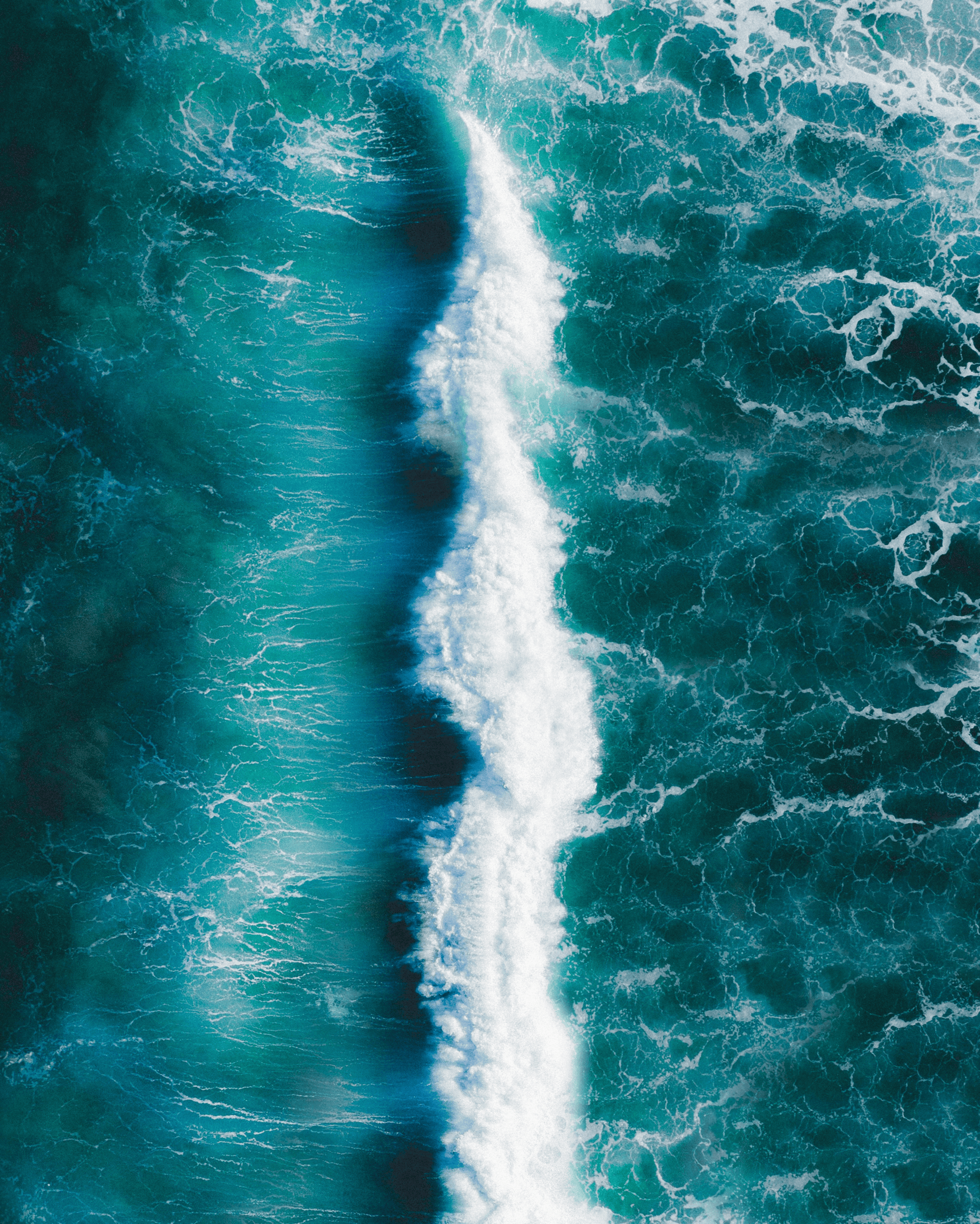Gay Activism in Washington, D.C.
In May 1971, the Shoreham Hotel’s Regency Ballroom was invaded by activists from the Mattachine Society of Washington (MSW), the Gay Liberation Front-DC, and the fledgling Gay Activists Alliance/DC. The activists disrupted Attorney General Ramsey Clark’s address to the annual convocation of the American Psychiatric Association (APA), protesting the APA’s classification of homosexuality as a mental disorder. Two and a half years later, the APA “cured” the nation’s homosexuals by removing homosexuality from its inventory of mental illnesses, the Diagnostic and Statistical Manual.
Washington, D.C., has been central to lesbian, gay, bisexual, transgendered, and queer (LGBTQ) demands for civil rights. MSW’s aggressive pressure for gay civil rights launched unprecedented campaigns against federally sanctioned discrimination in the civil service and the military. Local activists picketed for civil rights, created a dialogue with clergy on the status of homosexuals, pressed for repeal of sodomy laws, and created regional and national homophile organizations. During the 1970s, two national publications produced in D.C., off our backs and the Furies Collective’s newspaper, The Furies, made the city a vocal center of lesbian separatism and feminism. Gay activists and feminists allied in 1973 to win passage of one of the first human rights laws protecting gays and lesbians and extending economic rights to women. In the second half of the decade, African American gays and lesbians established the National Coalition of Black Gays; published the first African American gay magazine, Blacklight; and organized the first Third World Conference for gays and lesbians of color. The African American gay community also embarked on a decade-long literary and musical renaissance in the 1970s. During the early years of the AIDS epidemic, the city was the site of frequent local and national protests.
Due to its role as the nation’s capital, Washington, D.C.’s rich history of LGBTQ activism has played out on both the local and the national stages. Marches on Washington have both invigorated the local community and tested its resources. Local gay men, lesbians, bisexuals, and transgendered persons have inevitably functioned as “host committees” for national events and organizations, while working to advance their cause locally through the political process.
Much of the city’s history was chronicled in local publications, including the long-running Washington Blade and other local publications including Blacklight, Woman’s Monthly, and Metro Weekly.
Resources for Research
Primary sources for research on LGBTQ Washington, D.C., are dispersed across a number of repositories in the city. There is not yet a central collection of source materials and references on the city’s gay past.
Library of Congress: The Library’s Manuscript Reading Room recently acquired a major collection, the papers of Franklin E. Kameny, including important documentation of the operations and campaigns of the Mattachine Society of Washington, Kameny’s campaign for Congress, and early homophile organizations, particularly on the East Coast. The collection has not yet been processed.
George Washington University, Gelman Library: The Gelman Library has a number of important collections, including the photos of Joan E. Biren, the papers of Jim Graham and the Whitman Walker Clinic, the William Wilson collection of ephemera, the Video Free Earth Production Company records, the Gay and Lesbian Education Fund records, the George Washington University Pride records, the Tacie Dejanikus papers, and the Robert Dardano papers.
Washingtoniana Division, D.C. Public Library: The Washingtoniana Division has a complete collection of local periodicals including the Gay Blade/Blade/Washington Blade, the Washington Free Paper, the Quicksilver Times, and the Unicorn Times.
American University, Special Collections: American University’s library contains the papers of poet and writer Ed Cox.
Historical Society of Washington, D.C.: The Kiplinger Library special collections include the papers of Otto H. Ulrich Jr., a member of the Mattachine Society of Washington and one of MSW’s major security clearance cases. The library also has the correspondence between Franklin E. Kameny and George Painter concerning Washington, D.C.’s gay history.
Rainbow History Project: Rainbow History uses its web site as a virtual archive for the most important documents and images in its collection. Rainbow History has a collection of over 100 oral histories of members of the LGBTQ community, corporate papers of the Gay Women’s Alternative, and an incomplete collection of corporate papers of the National Coalition of Black Gays. Other collections include the personal papers of Bruce Pennington and David Aiken, documenting many of the organizations and issues of the 1970s. Rainbow History’s collections of ephemera include buttons, t-shirts, and flyers of community organizations. Among the publications in its collections are Blacklight, Woman’s Monthly, the Gay Blade/Blade/Washington Blade, Metro Weekly, the Drag Rag, and individual issues of Cruise and Out.
Finding Your Way around LGBTQ Washington, D.C., Today
The city’s entertainments are many. For a guide to what is going on in the city’s LGBTQ community, the best sources are the local publications, the Washington Blade and Metro Weekly. The latter includes a map of popular restaurants and clubs.
The major gay entertainment neighborhoods include the Dupont Circle area along Connecticut Avenue NW, 17th Street NW between U and P Streets, and on Capitol Hill along 8th Street SE and Pennsylvania Avenue SE. Many visitors to the city stop at the Lambda Rising Bookstore (1625 Connecticut Avenue NW) to find out what is going on in town.
Rainbow History publishes a number of guides and self-guided walking tours of the history of city neighborhoods. Tours include African American sites, Capitol Hill sites, drag in D.C. sites, Dupont Circle sites, East Dupont sites, South Capitol Street sites, Whitman in D.C. sites, and women’s sites.
Mark Meinke is chair and founder of the Rainbow History Project.


